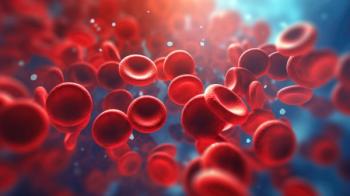
E-Separation Solutions
- E-Separation Solutions-10-10-2008
- Volume 0
- Issue 0
Ask the Editor: Method Development
The following question and answer were taken from LCGC Europe's "CE Currents" column (1). How should I approach method development? If possible request any details of sample stability, pKa, and solubility in different solvents and pH ranges. Information on solvents used in HPLC can also be useful.
The following question and answer were taken from LCGC Europe's "CE Currents" column (1).
How should I approach method development?
If possible request any details of sample stability, pKa, and solubility in different solvents and pH ranges. Information on solvents used in HPLC can also be useful.
Initially assess the use of a 1:10 dilution of the running buffer as the optimum choice — this maximizes stacking effects but still maintains stable current traces and avoids the possibility of injection or equipment failures.
A quick test of solvent applicability is to prepare samples in various solvents. A few drops of each sample solution can be added to aliquots of buffer. If the buffer goes cloudy when the drops are added then the sample has precipitated in the buffer and this solvent is probably a poor choice.
(1) K. Altria, LCGC Europe, April 2008.
Questions?
LCGC technical editor Steve Brown will answer your technical questions. Each month, one question will be selected to appear in this space, so we welcome your submissions. Please send all questions to the attention of "Ask the Editor" at
Articles in this issue
over 17 years ago
Technology Forum: GCover 17 years ago
Market Profile: The Analytical and Life Science Instruments Industryover 17 years ago
Overcoming Compound Volatility with Sub-ambient ELSDover 17 years ago
Fast Gradient LC Using Your Existing InstrumentationNewsletter
Join the global community of analytical scientists who trust LCGC for insights on the latest techniques, trends, and expert solutions in chromatography.




